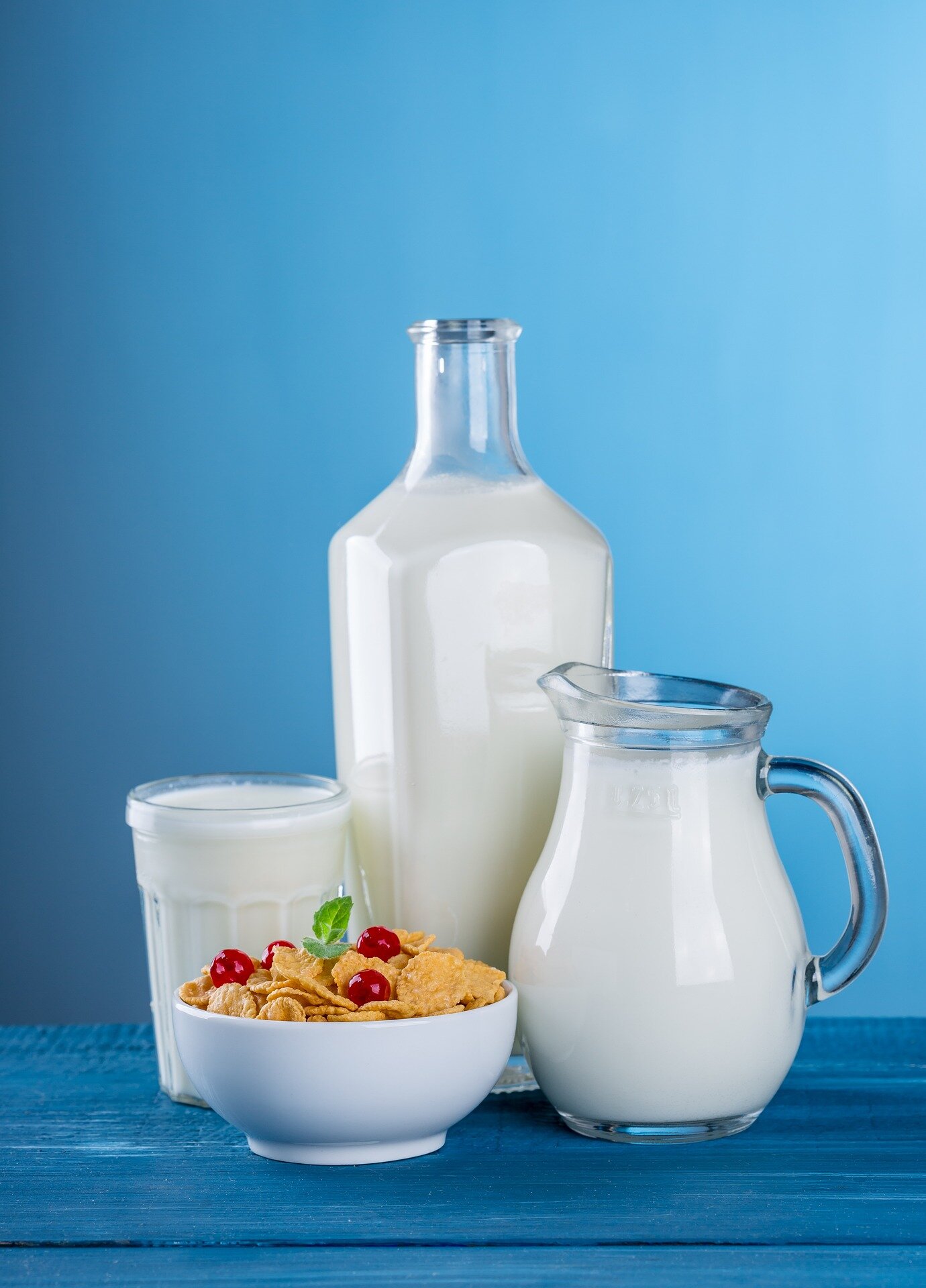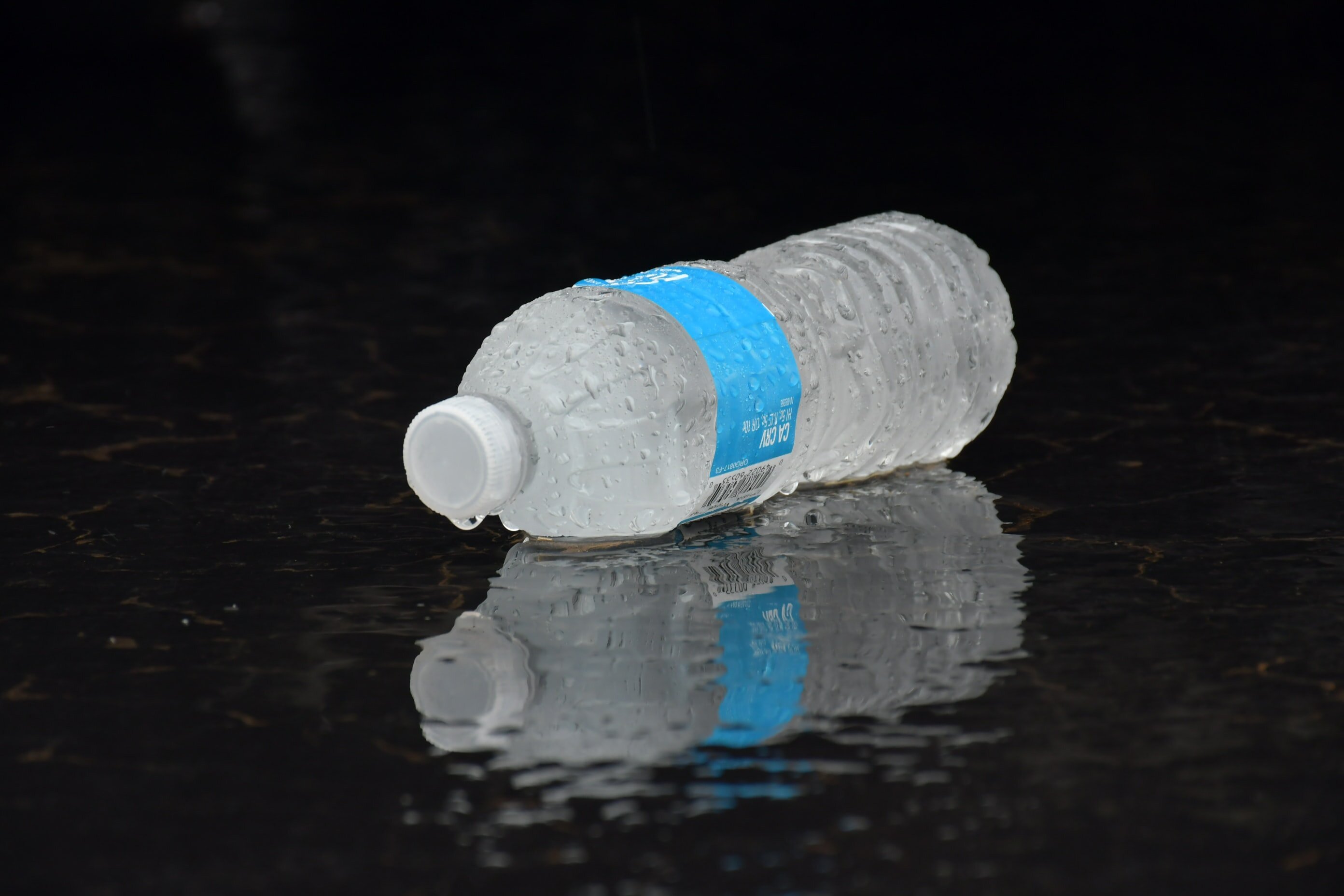- Brett Favre tells Congress he's been diagnosed with Parkinson's
- Healthy Returns: Weight loss drug Wegovy could face Medicare price negotiations next
- Asia-Pacific markets set for mixed open; Hong Kong's Hang Seng poised to rise 4%
- Nvidia shares pop as CEO may be done selling shares after hitting preset plan limit
- Justice Department accuses Visa of debit network monopoly that affects price of 'nearly everything’
What do you believe is the single most important factor driving up the cost of living in Nigeria?

Microchip can save millions of liters of milk from going down the drain
Large amounts of the food we produce do not end up in our stomachs, but in landfills, sewers, or elsewhere. According to the UN, in 2022, this was the fate of 1.05 billion tons of food, which ended up as food waste—corresponding to approximately 132 kg per capita in the world.
Milk is one of the foods of which a significant percentage goes to waste. A study from the University of Edinburgh shows that one in six liters of milk produced around the world goes to waste. The root cause of this waste can be found early on in the production process. Each day, every dairy in the world pours an average of around 10,000 liters of milk down the drain.
This waste is something that happens every day. Not because the milk has gone off—on the contrary, it is completely fresh. It happens when milk is used to flush the pipes that transport the milk through the production plant and into the cartons. In this way, the dairies ensure that any excess cleaning fluid used to clean the pipes between production runs is completely flushed out with the milk and into the drains before a new production can start.
In the Nexus consortium, researchers from DTU and three tech companies have joined forces to rethink how milk production—and potentially other food production—is controlled. Together, they have developed an ultra-compact optical spectrometer in the form of a microchip that makes it possible to see the amount of liquid, fat, and proteins in the pipes. It thus makes it possible to identify whether milk residues from a previous production run or cleaning products are present.
Reason to cry over spilled milk

- September 24, 2024
New AI tool efficiently deconvolutes compound-protein interactions


- September 25, 2024
Signs of hope for endangered Maugean skate



- September 25, 2024
Wike pledges to review Abuja Master Plan, improve nutrition funding






- September 24, 2024
Mechanism behind autophagy trigger unveiled
Subscribe to our mailing list to get the new updates!

Subscribe our newsletter to stay updated
Thank you for subscribing!


